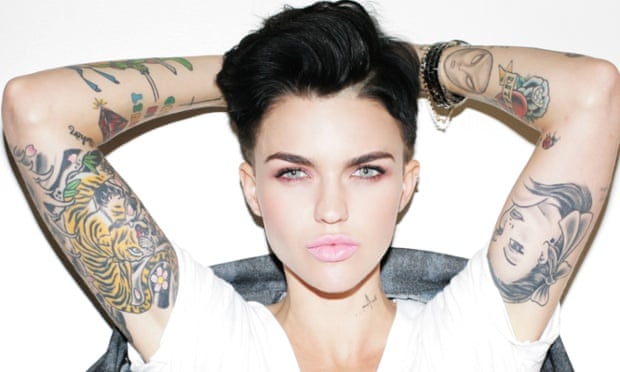In Funny Faces, Hepburn is transformed from a loner bookworm into a chic high
fashion model who wins the guy of her dreams. In the 1950s, fashion and film
became “mutually supporting channels of exploitation” (135)” (Brown 131).
Together, film presented fashion as glamorous and chic—a way of life any
upwardly mobile person should aim to obtain. Fashion liked modern film for its
ability to product place and display upcoming line-ups (131). After her physical
change she won a good-looking guy, which further pushes the idea of consumerism
that buying things will bring happiness.
Consumerism in the 1950s was on the rise and this
contributed to the success of this film and Hepburn’s fame. Hepburn emerged as
a star due to several factors that linked the rise in consumerism to “the rise
in tourism, particularly transatlantic tourism.” Fashion and tourism were then
seen as going hand in hand. This fits perfectly within the movie Funny Faces. Hepburn’s character Jo
begins as a normal girl who is transformed into a chic fashion icon, which
traveling to Paris was part of that transformation. The postwar
"refeminization" of fashion got its inspiration from designers in
Paris, like Christian Dior (131). During Jo’s time in Paris, she seems like she
is on vacation the entire time although she is technically working as a model.
This is another element of tourism that linked itself to consumerism. "Furthermore,
her independence is reinforced by the sense that none of Hepburn's characters
never has to work. In a manner that ties Hepburn's screen persona to the
expanding tourism industry of the 1950s...Hepburn is associated both with not
working, and more positively, with holidays" (135). The combination of fashion, travel and
leisure ‘holiday’ time creates an image of privilege and wealth that many
consumers of the 1950s would have aspired for.














